5 Pieces of Studio Gear That Changed Music
We look at gear that shaped the music industry.
We take a trip through time and look at 5 pieces of studio gear that changed music and the music production process in different ways.
In this Article:
Studio Gear That Changed Music
Since the very beginning of the recording business, music has always been closely linked to technological advancement, whether it be the instruments, studio equipment, or the recording mediums we’ve used over the years.
An inventor will often emphasize the importance of getting there first. However, in the music industry, being first with technology doesn’t guarantee success if your product is only available to a select few due to pricing or manufacturing constraints.
Studio Gear That Changed Music: Lexicon 224
Introduced in 1978, the Lexicon 224 was a pioneering digital reverb processor created by physicist and engineer David Griesinger. Although it was not the first reverb of its kind, the 224 offered far more flexibility and deeper control than the EMT 250, which was released only two years prior.

The key to the 224 design was that it was remote-controlled, so you could adjust the reverb settings while staying directly between the monitors in front of the console, where you needed to be. When compared to the EMT 250, the sound of the 224 is cleaner and more refined, and this allowed producers and engineers to flood mixes with reverb without creating mud.
With its seven algorithms, including the classic “Concert Hall” setting, Lexicon 224 was quickly adopted as a new industry standard. Not only did it pave the way for reverb technology in the future, but it helped create iconic records such as The Message by Grandmaster Flash & The Furious Five, Prince’s Purple Rain, and the famous Blade Runner soundtrack by Vangelis.
Studio Gear That Changed Music: TEAC 144 Portastudio
The TEAC 114 Portastudio was launched in 1979, ushering in the new home recording era for musicians. At the time, larger reel-to-reel tape recorders were available, but magnetic tape was expensive, and tape editing was a skill one needed to learn to achieve good quality productions.
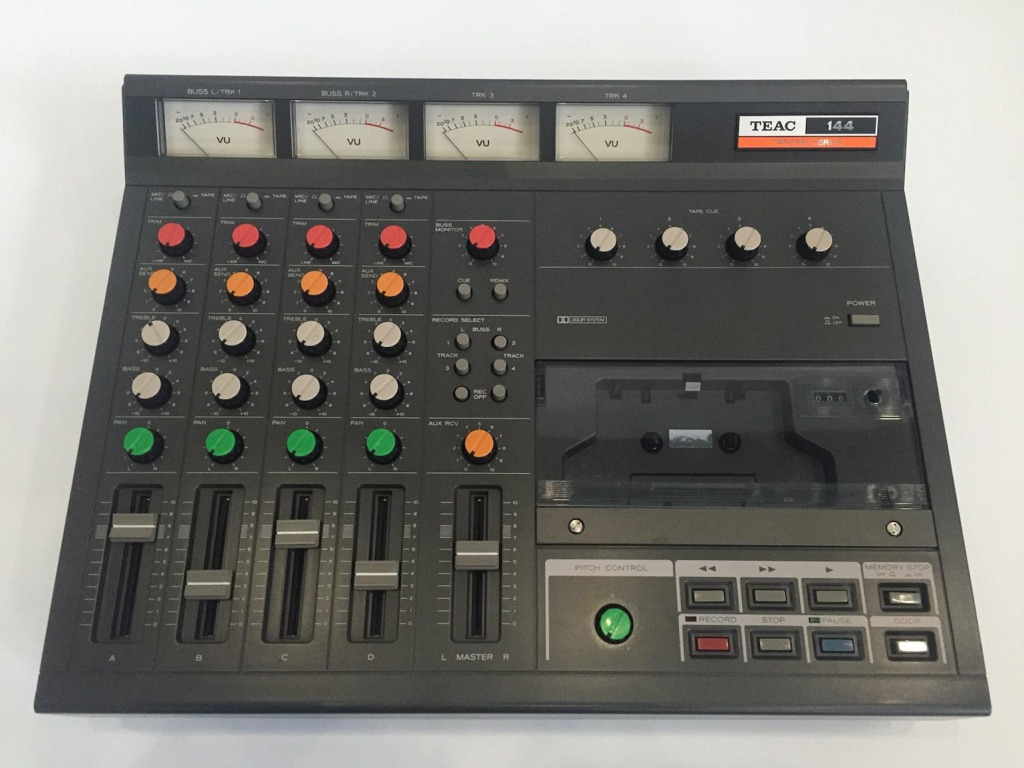
This all changed with the 144 Portastudio, as it allowed four-track recording on any standard cassette tape, which was cheap and widely available. Although the overdubbing process introduced more noise with each pass, this later became the lo-fi aesthetic synonymous with indie recordings and allowed so many artists to create demos without needing to pay high prices for studio time.
The built-in mixer with the iconic colourful knobs was simple, but it provided all you needed to make records from its convenient table-top platform. Its design proved to be pivotal, as TEAC followed with a legacy of Portastudios under its TASCAM brand that influenced other manufacturers like Fostex, Yamaha, and Roland.
Studio Gear That Changed Music: Commodore 64 (C64)
While microcomputer-based sequencers like the Roland MC series certainly changed the way music was made in pro studios, home computing opened up new avenues in music technology for a wider scope of users. In 1982, the same year MIDI was introduced, the Commodore 64 was launched with its famous SID (Sound Interface Device) chip, designed by Bob Yannes, who later co-founded Ensoniq.
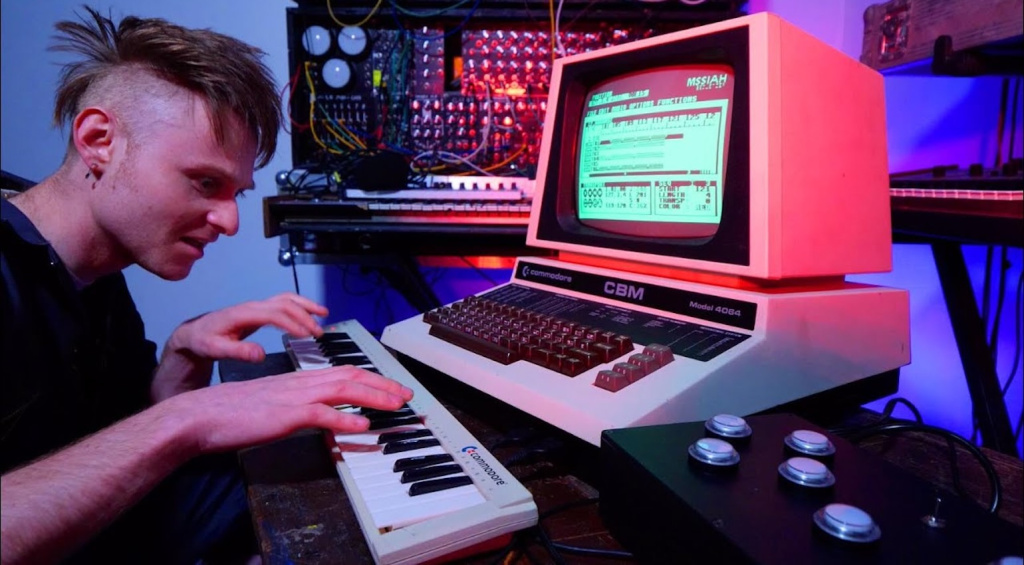
At first, the C64 became synonymous with video game music, as composers like Rob Hubbard, Chris Hülsbeck, and Martin Galway leveraged the primitive sound design and sequencing capabilities of the SID chip to great effect. However, the C64 not only provided an early platform for software music creation, but it also exposed a new generation to computer programming, which was essential in the development of early software sequencers like Steinberg Pro-16 and C-Lab Creator.
Today, the C64 remains immortalized through its influence on tracker software and chiptune culture, with software like OctaMED, PlayerPro, and Jeskola Buzz used by prominent artists such as Aphex Twin, Bogdan Raczynski, Venetian Snares, Herva, and many others.
Studio Gear That Changed Music: SSL 4000 Series Console
First launched in 1976, the SSL 4000 Series became an essential part of the record production process throughout the 1980s and 1990s. When the record industry still had large recording budgets, the workflow was often to track on a Neve and mix on an SSL. SSL founder Colin Sanders designed the 4000 series to become the most flexible signal routing platform available.
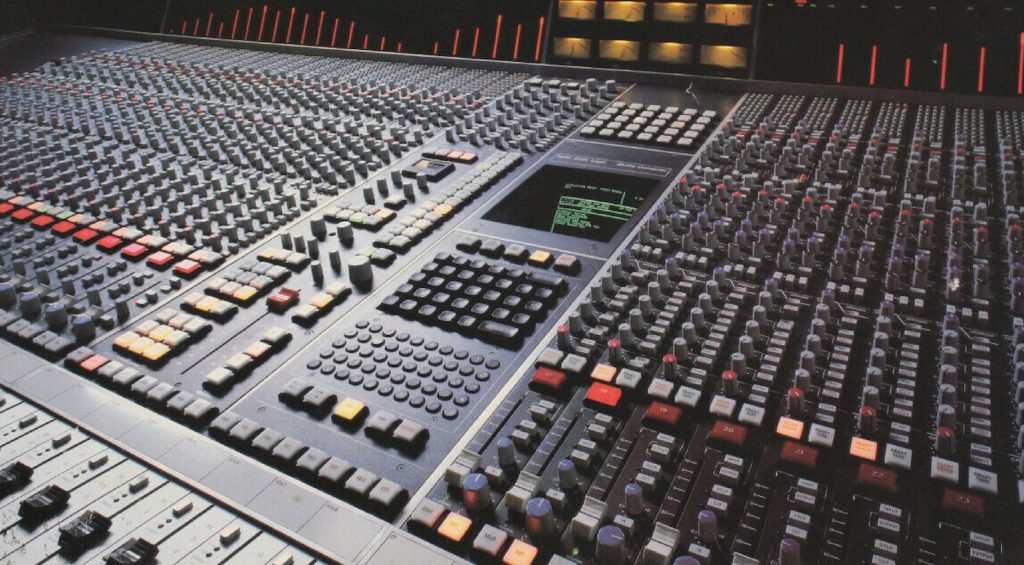
With features like computer-assisted automation and extensive per-channel dynamics, the 4000 provided a degree of precision that wasn’t available in many other large-format mixing consoles. SSL also introduced Total Recall in 1981, which allowed you to save the current session and restore previous sessions.
So many top producers and engineers made the SSL sound and workflow a part of their own sonic identity, including the likes of Trevor Horn, Dr. Dre, Andy Wallace, Alan Moulder, and Chris Lord-Alge. Although analogue mixing consoles are only used in a minority of today’s recordings, SSL continues to innovate with new and exciting designs.
Studio Gear That Changed Music: AKAI S900
The impact that digital sampling had on music was immense, starting in the late 1970s and early 1980s with the New England Digital Synclavier, the Fairlight CMI, and the E-mu Systems Emulator. However, because of the high price tags, instruments like these were only available to the elite, and it took a few years before samplers became more accessible.

Finally, in the mid-1980s, the release of the E-mu SP12 and the AKAI S900 introduced sampling to music producers at prices that were below the $3000 mark. The S900 expanded on the features of the S612, with additional sampling time (up to 63 seconds) and 8-voice polyphony, providing 12-bit sampling to a wider range of users.
What’s more, the S900 offered individual outputs and trigger inputs for each of the eight voices, so you could build a good portion of your track before bouncing it to tape. Like the E-mu SP12, the AKAI S900 influenced many sampler designs to come, like the S950, MPC60, and the E-mu SP1200.
More about Studio Gear That Changed Music:
*This article contains affiliate links that help us fund our site. Don’t worry: the price for you always stays the same! If you buy something through these links, we will receive a small commission. Thank you for your support!
6 responses to “5 Pieces of Studio Gear That Changed Music”

You are currently viewing a placeholder content from Facebook. To access the actual content, click the button below. Please note that doing so will share data with third-party providers.
More InformationYou are currently viewing a placeholder content from Instagram. To access the actual content, click the button below. Please note that doing so will share data with third-party providers.
More InformationYou are currently viewing a placeholder content from X. To access the actual content, click the button below. Please note that doing so will share data with third-party providers.
More Information
 4,5 / 5,0 |
4,5 / 5,0 | 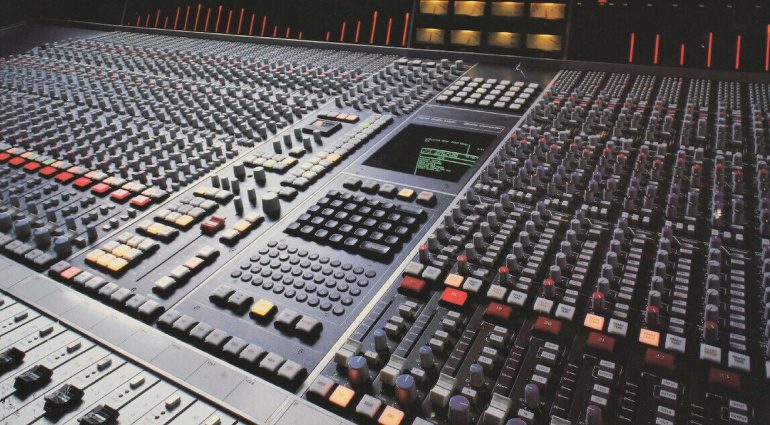

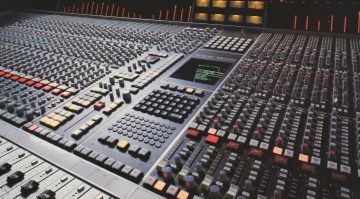


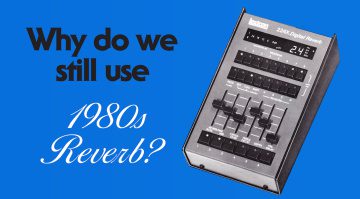
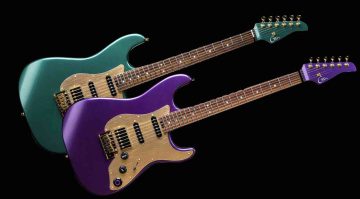
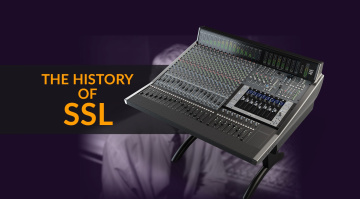
I think the Mackie 8 Buss was pretty important as well as it bridged the gab between pro studios and artists wanting to make a record themselves and still sound decent in a pre DAW but input hungry MIDI era.
Octamed ran on the Commodore Amiga, not the Commodore C64. The last versions of it (early 90s) were 16 track, all of which could play MIDI for external instruments, and 8 of which could play internal samples (very clever, as the Amiga only had 4 audio channels, and used multiplexing to make 8). The Polyend Tracker/Tracker Mini is similar to Octamed, but with its own built in synths and drum machine, and its own effects and mastering section.
Erm, that’s not a C64.
Besides, the Amiga & Atari ST arguably did more to change music & recording than the C64. I saw plenty of Ataris in studios running C-lab Notator/Creator or Steinberg Pro24/Cubase but can’t recall ever having seen a C64. That may just be my age though.
Atari 1040 defacto music sequencing standard between c:a 1985-1995.
the Amiga was a wonderful machine, especially the A2000-040 which like a modern PC had expansion slots. add on cards like Video Toaster, DMI Resolver brought commercial grade audio and video to the Amiga. software like Light wave 3D, Turbo Silver, Real 3D Professional were powerful for their time, used at NASA, JPL and NOAA for simulations, and Disney, Warner Brothers and other studios for Audio, Video processing and Animation as well as special effects.
As a Amiga 4000 owner, I loved Bars & Pipes Pro as a sequencer and MIDI SampleWrench for editing my S612 samples…